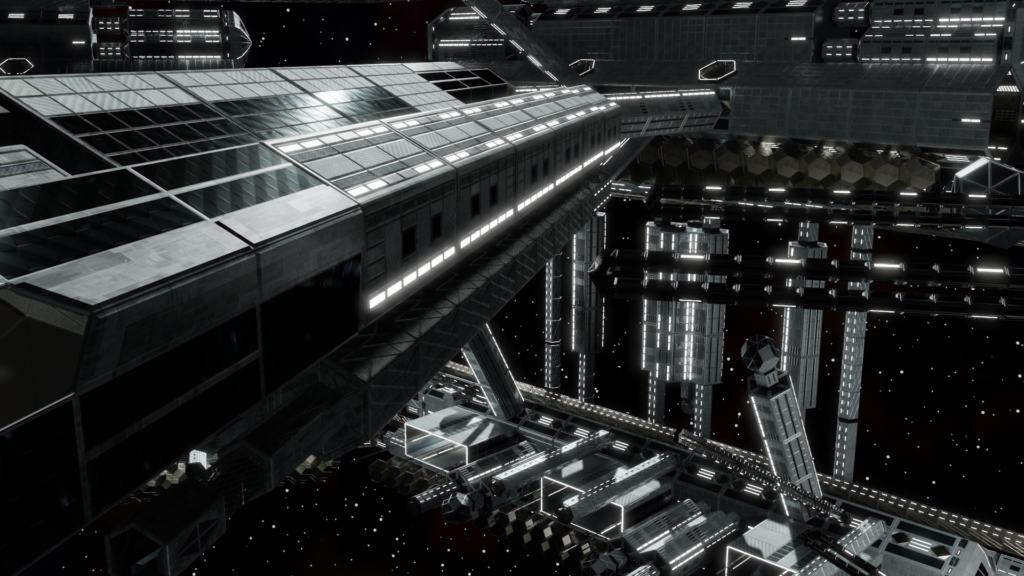Over the last couple of decades, we have seen a significant increase in entrepreneurial, administrative and public interest regarding space travel, with numerous technological advancements making it easier, faster and cheaper to explore what lies beyond our home planet.
Scientists have confirmed that precious minerals, rocket fuel and water ice are abundant on several nearby celestial bodies, surpassing millions of times the current global GDP in market value. For the first time in history, the prospect of mining and eventually colonizing extraterrestrial worlds is not only theoretically possible, but also proven to be feasible and, in the long term, profitable. We therefore seem to be entering a “Solar Era” of human evolution, during which we will become an interplanetary species that can thrive by tapping on the vast resources scattered around our life-giving sun.
On Earth, we take for granted that everywhere we go there is plenty of oxygen, as well as adequate natural protection from solar and cosmic radiation. Even extreme temperatures can be temporarily bearable with the right choice of clothing. Once we leave Earth’s atmosphere, however, things change dramatically.

Nothing is more valuable in space than space itself
Not in the sense of the vast emptiness that surrounds us, rather than the living space we absolutely need in order to survive severely hostile environments for long periods.
This problem calls for a sustainable solution that will enable future astronauts and settlers to stay safe, be comfortable and have enough room for all their logistic and storage needs. Something that will be easy to manufacture, assemble and utilize, even if it’s entirely made on the Moon, Mars or Ganymede. Something strong, durable and reliable.

Hex Space offers a holistic approach to the challenges of the new space race. A wide range of sturdy, customizable and fully compatible hexagonal modules of different sizes and functions serve as the building blocks of low gravity bases, as well as orbital stations and spaceships of all kinds.
Modular design, infinite scalability and universal compatibility are the key characteristics of Hex Space structures. Hexagon-based modules can attach easily and securely to each other, without the need for costly modifications and tailor-made docking systems. Multiple pieces can form arrays, bundles, rings, molecules, hives, snowflakes and all kinds of patterns.

Starting with only a couple of standard containers and a single hatch, Hex Space architecture can gradually expand and facilitate a great variety of applications, such as:
- Microgravity habitats, science labs and storage space
- Bridges, cockpits, observatories and greenhouses
- Fuel tanks, water and oxygen supplies
- Airlocks, joints and docking mechanisms
- Solar panels, beams and wireframes
- Power generators and life support systems
- Mining and manufacturing equipment
- Chemical rocket engines, ion drives and other methods of propulsion



